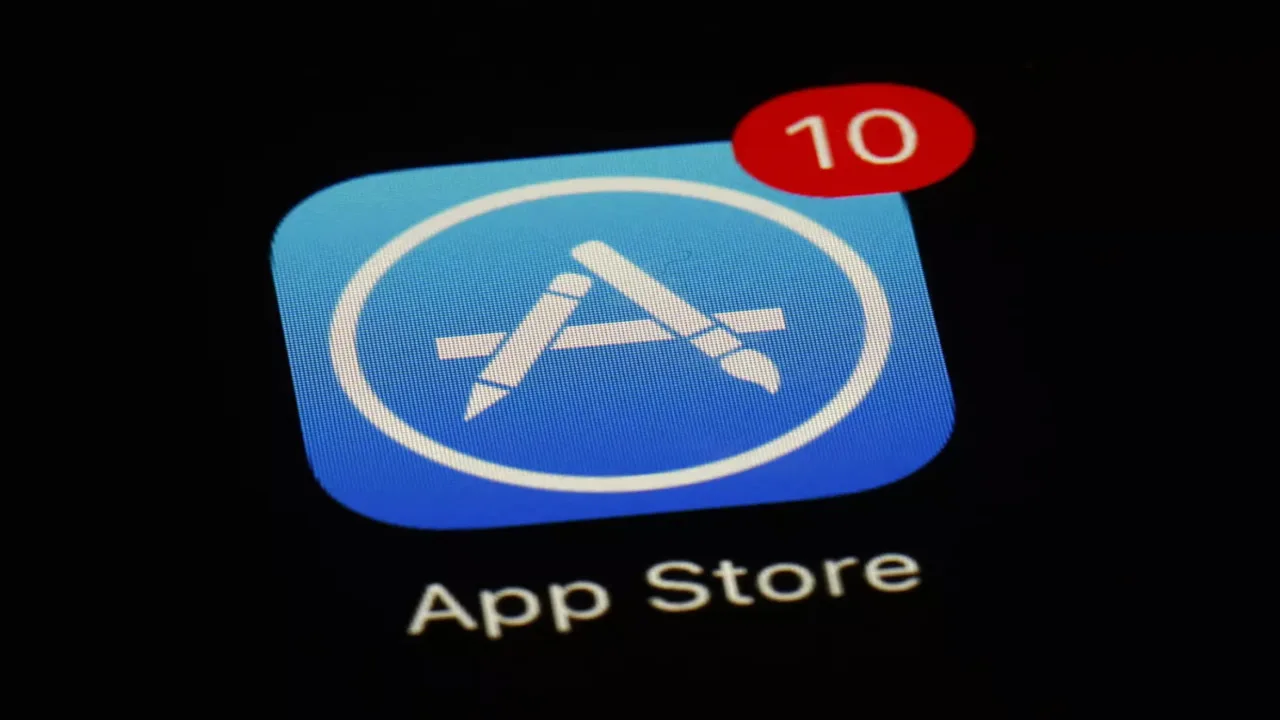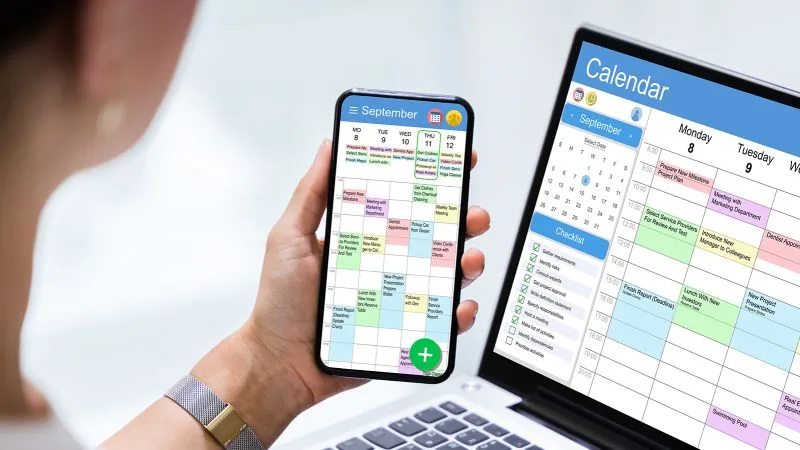Transforming Android Apps from Gaming to Navigation
Imagine walking through the bustling streets of New York, your smartphone guiding your every step with arrows and directions floating over the real world, making you feel like you’re part of a futuristic movie. This isn’t a scene from science fiction anymore; it’s our reality, thanks to augmented reality (AR). AR has seamlessly woven itself into the fabric of our daily lives, particularly within the Android ecosystem, where it’s enhancing user experiences across gaming, education, productivity, and navigation. From the revolutionary AR navigation on Google Maps to the immersive gameplay of Pokemon GO, AR apps demonstrate the technology’s versatility and its potential to redefine our interaction with the digital world.
Revolutionizing Navigation: Google Maps AR
One of the most significant advancements in AR technology within the Android ecosystem comes from Google Maps. Its AR navigation feature, introduced to the public, has changed how we perceive walking directions. By overlaying digital guidance on the physical world through our phone screens, Google Maps AR navigation provides a more intuitive way to reach our destinations. This innovation not only enhances user experience but also points towards a future where technology further blurs the lines between the digital and physical realms.
Entertainment and Engagement: Gaming with AR
Pokemon GO remains a standout in the world of AR-driven gaming, encouraging players to explore their physical surroundings while capturing virtual creatures. Similarly, Walking Dead: Our World immerses players in a post-apocalyptic scenario, using AR in conjunction with location-based technology to create a compelling gaming experience. These applications exemplify how AR can transform gaming from a primarily sedentary activity into an engaging, physically active pursuit, encouraging exploration and interaction with the real world.
Breaking Language Barriers: Google Translate
AR technology also plays a pivotal role in breaking down language barriers. Google Translate’s AR feature, for instance, allows users to receive instant translations by simply pointing their camera at text in another language. This capability is particularly useful in a globalized world, making international travel, business, and communication more accessible and efficient. Alongside, applications like Snapchat continue to innovate in social interaction through dynamic AR filters, adding layers of creativity and fun to our digital conversations.
As we navigate through this augmented world, it’s clear that AR technology is not just a fleeting trend but a significant shift in how we interact with technology. By adding context, playfulness, and intuitiveness to our daily tasks, AR applications are transforming mundane activities into engaging adventures. While the potential of AR is vast, it’s important to remain mindful of the challenges, including privacy concerns and the digital divide, that accompany this technological evolution. Nonetheless, the integration of AR into Android apps is a testament to its transformative potential, offering a glimpse into a future where our digital and physical realities are indistinguishably intertwined.



